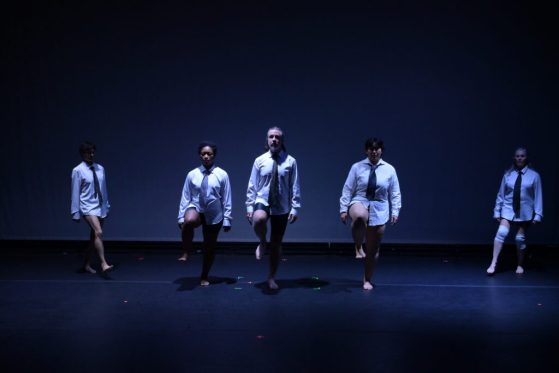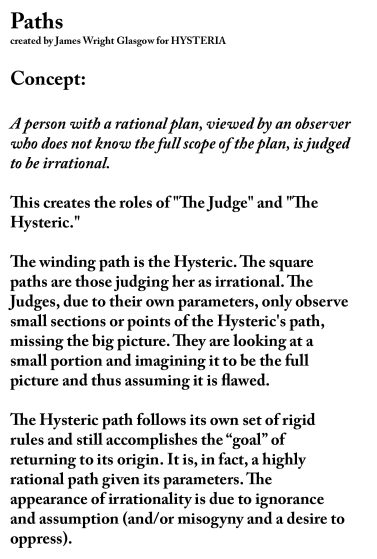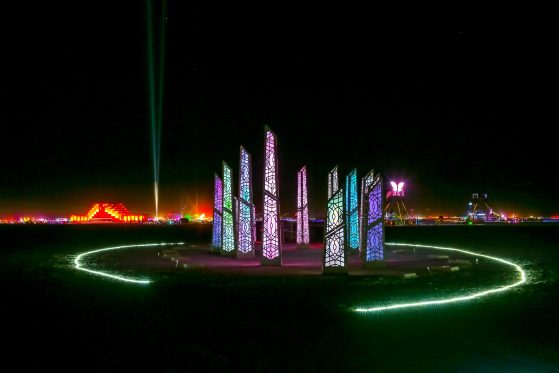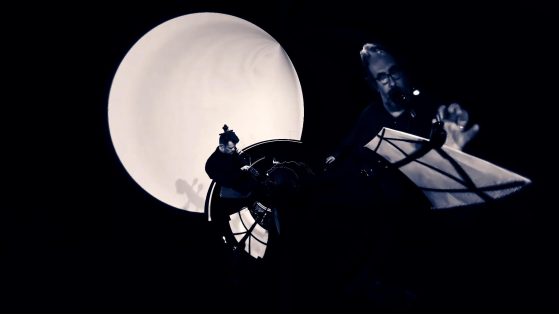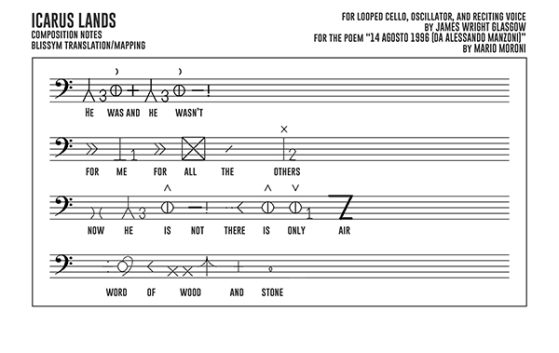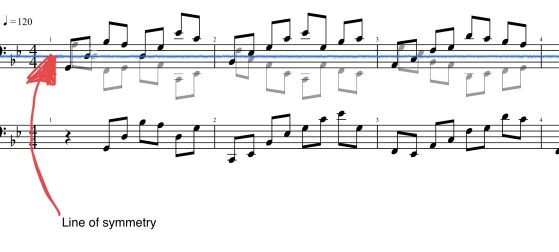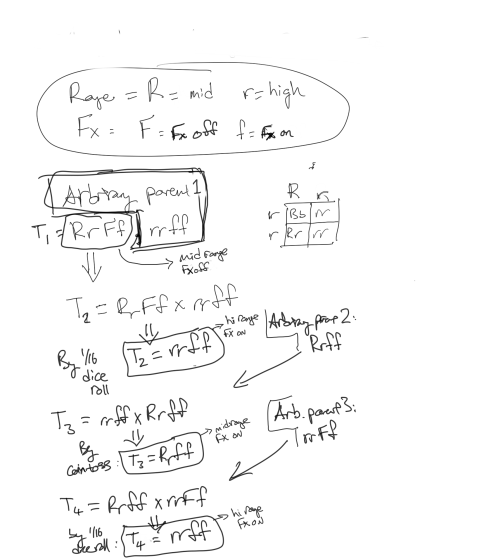MENTAL
Composer’s note:
I’m interested in using nontraditional composition methods to avoid commonplace soundscapes while still evoking emotion from an audience. I’d like to avoid the pitfall of “random nonsense” experimental composition, so these pieces are rooted in logic, systematic progression, and whatever I can remember from my mathematics degree. Most of these works are more like visual guides for the composer, rather than sheet music for a performer, not that you couldn’t give it a shot if you wanted. Hope you find it interesting.
Thanks,
James Wright Glasgow
PRODUCTION:
HYSTERIA
Compositions created for the production Hysteria, a collection of Butoh dance pieces choreographed by Frankie Mulinix and performed by Burning Bones Physical Theatre.
Hysteria explores through a queer lens the evolution of “symptoms” that have in turn been associated with religious experience, signs of witchcraft, and symptoms of mental illness; gendered attitudes to mental health and the expression of emotions; identities considered “other”; and navigating contemporary experiences of (dis)connection, sexuality, memory, and desire.
FULL ALBUM NOTES
The pieces composed for Hysteria are designed to evoke feelings of desolation, isolation, loneliness and panic. Compositions feature mounting dread, long periods of silence punctuated by loud, visceral sound sections, and the subversion of motifs.
PRODUCTION:
WINDCHEST
Each notated collection is its own piece, to be performed on the Windchest sculpture by 1-15 players. There is a pressure pad by each monolith that the audience/performers can step on and trigger a sound. Each pad is its own component of an experimental piece of music, and the collection itself is an open-ended piece. Each collection leads to a (practically) infinite number of ways to construct each piece, and it will be different every time. A rhythm can be established, or not, and all of the components work together in different ways depending on when and how the players use them, like a puzzle with infinitely many solutions and no wrong answers.
PRODUCTION:
DO YOU SEE WHAT I HEAR?
Haunting, beautiful piano and electric cello written for immersive poetry by Mario Moroni (Lorenzo Montano Poetry Prize). A dramatic, award-winning conversation between music and spoken word.
ICARUS LANDS I-II
The symbol language Blissym was designed in WWII to be a rational language in an irrational time. In order to play with the relationship between the rational and irrational, a major theme in Moroni’s works, we translate Moroni’s Italian poetry into Blissym and then map it onto the musical staff. The resulting score is then played as layered parts, with vertical lines equated to percussive elements and sloped lines/curves represented by glissando and glide articulations. In an early experiment with graphical notation, the sections of the composition were drafted as a rough chart of events rather than a traditional score.
SHEPHERD IN TRANSIT II
(thought exercise)
A piece comprised of three long loops layered on top of each other can be visualized as the sheet music for each loop etched on separate panes of glass. Lined up and with light aimed from the top, the full score will be projected accurately (if not legibly) on the bottom surface.
PROMETHEUS IN MANHATTAN I
Moroni’s piece focuses on themes of reflections and perpetuity. The objective for composition is reflections horizontally and vertically, and for the piece to be perpetually constructing on itself.
For the vertical, we reflect the melody over a line of symmetry in sheet music.
For the horizontal, we use a delay pedal to make a short echo/copy of anything we play.
The subsequent algorithm governs the process in which we create a phrase with the delay pedal, then reflect it over the line of symmetry, then observe what notes are generated in the echo, and use those notes as the basis for creating the following phrase. We repeat that process, thus always reflecting vertically and horizontally. This process perpetually generates new and varying phrases.
TO THE CHILDREN OF THE CHILDREN’S CHILDREN
In order to tackle the themes of recurring generational horror evoked in Moroni’s piece, the composition relies on one main melodic theme which is then repeatedly altered and destroyed. To determine the nature of the alterations in each iteration of the repeated melody (consider each iteration to be a generation), attributes of the melody were placed in a Punnett square and projected for the three “generations” that would occur in the piece. Each generation is then consumed by the horror described in the poem; a descent into dissonance and chaotic, oppressive sound.
